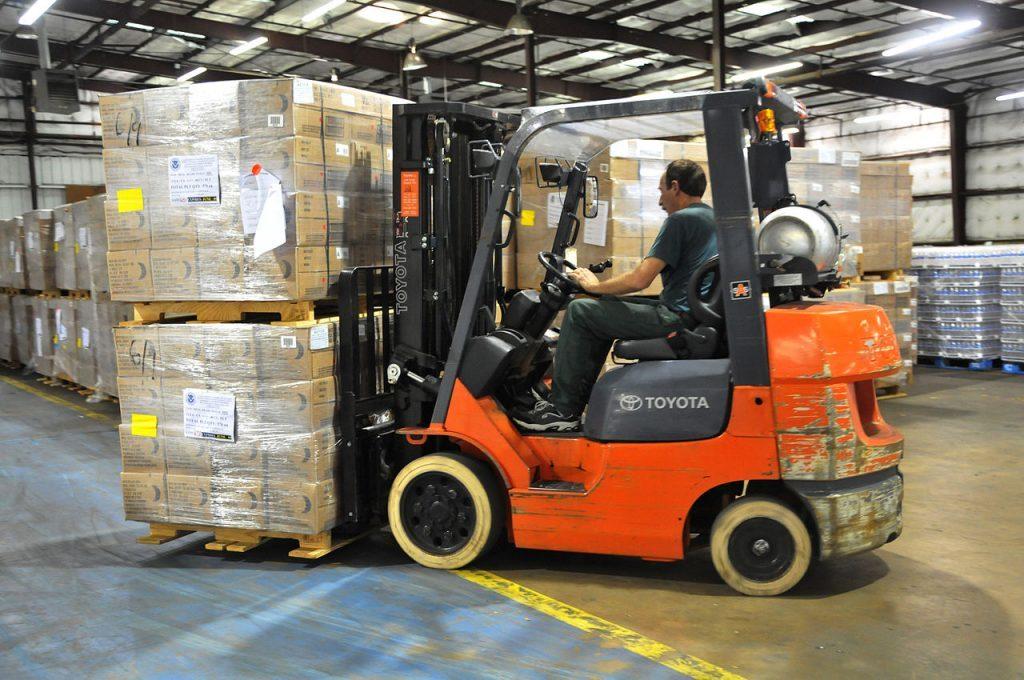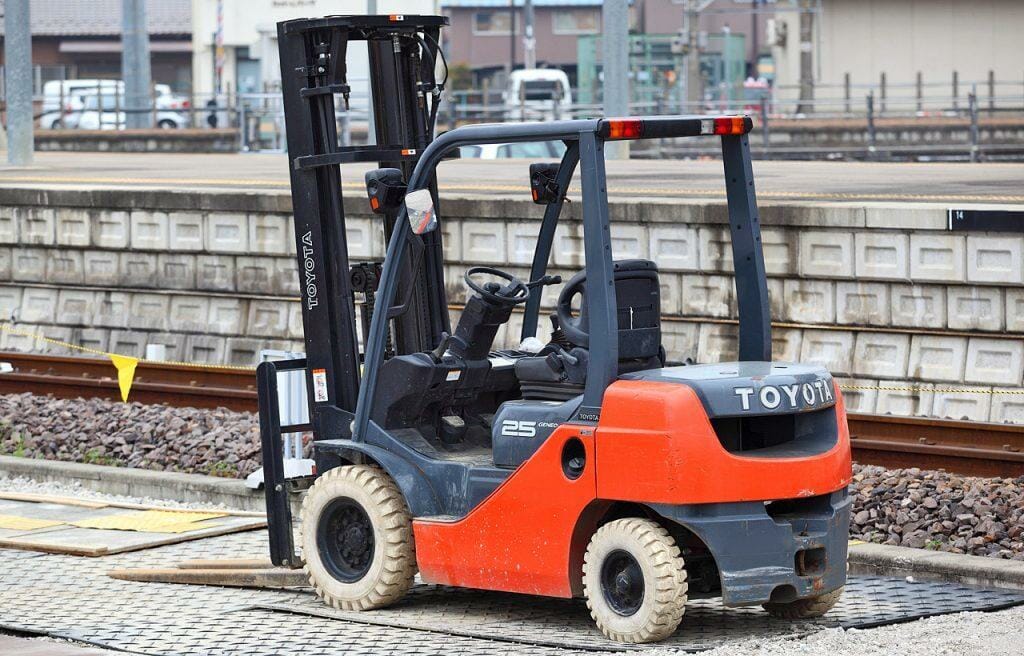Most tires are black. However, if you ever happen to pass by some sort of a warehouse, you might notice that some forklifts are wearing yellow or even completely white tires. But why? What advantages do these tires have?
Half of a century ago whitewall automobile tires were actually quite popular. Of course, people wanted them just because of how nice they looked. Fashion trends do not typically include forklifts and so the reason why they sometimes have white tires is completely different.
White tires are more expensive, but they have one major advantage – they do not leave black marks on the floor. You see, forklifts operate in tight areas and their wheels are often slipping. But that means that the entire floor of a warehouse is covered with these rubber skid marks that are hard to clean. Cleaning is expensive and non-marking tires can help reducing those costs, but using black tires still makes more economic sense.

Maintaining the floor clean iis very important for those warehouses that have to keep up with a particularly high standard of cleanliness. These include food, medicine and animal feed storage facilities, which are always trying to avoid tire marks as much as possible. Smooth floor, such as one with epoxy resin coating, is more susceptible to marking, while raw concrete does not mark as easily or as badly.
Black tires are actually significantly cheaper than white non-marking ones. Black tires are made from natural rubber, zinc oxide and carbon black, which gives them their usual colour. Carbon makes tires tougher and reduces wear. It also protects rubber compound from the negative effects of UV radiation.

In non-marking tires, which are usually yellow, white or light grey, carbon black is replaced with silica dioxide or even chalk. Additional additives are needed for UV protection, which increases the price. These tires are less durable and wear 25 % quicker. And when they wear, they crumble like powder instead or making ugly black marks.
Non-marking tires are actually not completely mess-free – just like those white erasers, they leave white dust on the floor. It is easier to sweep it though than to scrape off those black marks left by conventional tires. Finally, machines with non-marking tires are more susceptible to static electricity damage, which is why manufacturers encourage companies to take care of grounding.

White forklift tires have more disadvantages than advantages. They are more expensive, wear faster, don’t protect workers from static as well. But they do what they are designed to do – they don’t leave marks, which is sometimes very important.




